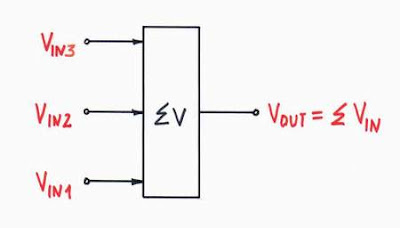Имейл до 48-ма и 49-та група, ИТИ, 2-ри курс
Тема: Ресурси за лабораторните упражнения по ППЕ и други... Здравейте колеги, През миналия семестър осъществихме интересни упражнения по дисциплината "Електротехника". На тях често ви споменавах, че ще се видим отново този семестър на лабораторните по ППЕ и следващия семестър на лекциите и лабораторните по "Микропроцесорна техника" (МПТ), на които съм основател през 2015 г., когато беше създадена катедра ИТИ. За съжаление, някои обстоятелства ми попречиха да спазя това мое обещание пред вас. Ето защо, като една малка компенсация, искам да ви предоставя за ползване всички създадени през годините от мен и с помощта на вашите колеги уеб ресурси по тези дисциплини. Ще започна със списък от линкове към шест продукта, които разработих това лято специално за вас (качил съм ги в удобен за четене вид в моя блог Circuit Stories ). Това са оригинални експерименти, в които схемите се построяват и преизобретяват стъпка по стъпка, вместо да се дават наготово. Така аз разкривам ф...

